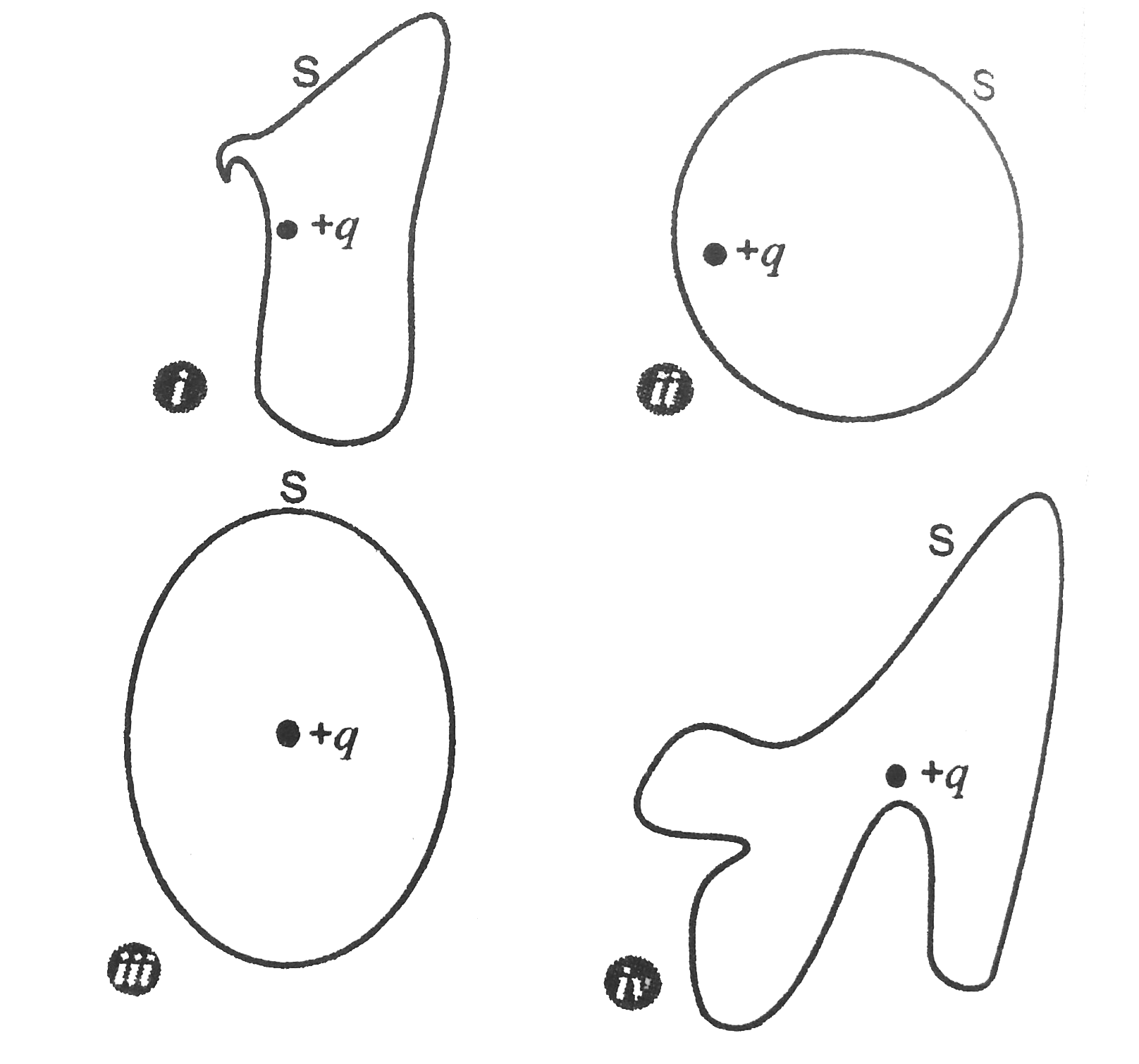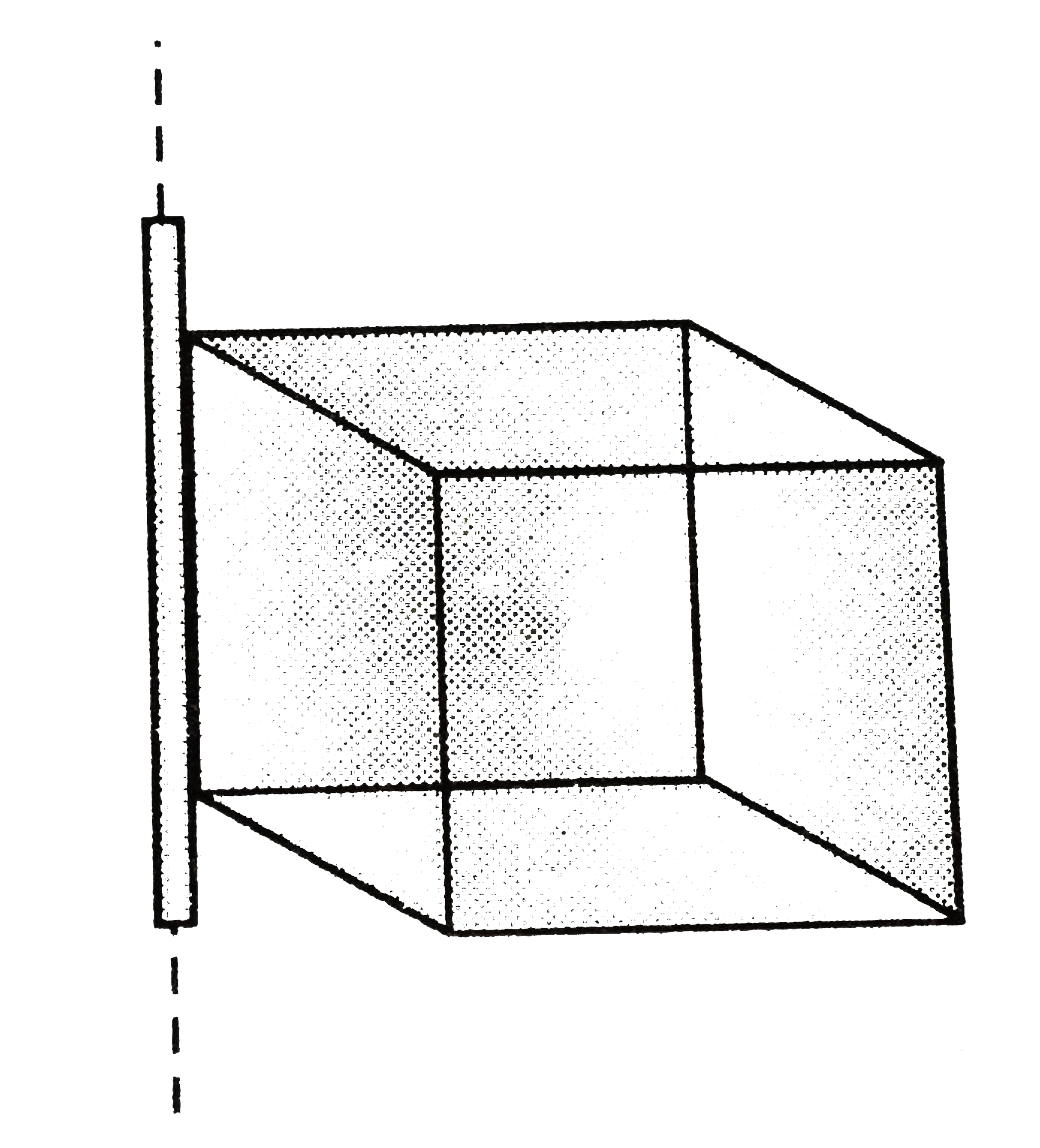Assertion Magnetic flux and the electric flux have the same units.
Reason Flux passing throught a surface gives an idea about the field lines crossing that surface
If both Assertion and Reason are corrent and Reason is the corrent explanation of Assertion.
If both Assertion and Reason are correct but Reason is not the correct explanation of Assertion.
If Assertion is true but Reason is false.
If Assertion is false but Reason is ture.
The correct Answer is:D
To solve the question, we need to analyze both the assertion and the reason provided.
Step 1: Understand the Assertion
The assertion states that "Magnetic flux and electric flux have the same units."
- Electric Flux (Φ_E) is defined as the product of the electric field (E) and the area (A) through which it passes, mathematically expressed as:
ΦE=→E⋅→A
The unit of electric flux is volt-meter (V·m) or equivalently, newton-meter squared per coulomb (N·m²/C).
- Magnetic Flux (Φ_B) is defined similarly as the product of the magnetic field (B) and the area (A) through which it passes:
ΦB=→B⋅→A
The unit of magnetic flux is weber (Wb), which can also be expressed as tesla-meter squared (T·m²).
Step 2: Compare Units
Now, we compare the units of electric flux and magnetic flux:
- Electric Flux: V·m or N·m²/C
- Magnetic Flux: Wb or T·m²
Since the units of electric flux and magnetic flux are different, the assertion is false.
Step 3: Understand the Reason
The reason states that "Flux passing through a surface gives an idea about the field lines crossing that surface."
This statement is indeed correct. Both electric flux and magnetic flux represent the number of field lines passing through a given area. Thus, the reason is true.
Step 4: Conclusion
Based on our analysis:
- The assertion is false.
- The reason is true.
Thus, the correct answer is that the assertion is false, but the reason is true.
Final Answer
The assertion is false, and the reason is true.
The assertion states that "Magnetic flux and electric flux have the same units."
ΦE=→E⋅→A
The unit of electric flux is volt-meter (V·m) or equivalently, newton-meter squared per coulomb (N·m²/C).
ΦB=→B⋅→A
The unit of magnetic flux is weber (Wb), which can also be expressed as tesla-meter squared (T·m²).
Now, we compare the units of electric flux and magnetic flux:
- Magnetic Flux: Wb or T·m²
The reason states that "Flux passing through a surface gives an idea about the field lines crossing that surface."
Based on our analysis:
- The assertion is false.
- The reason is true.
The assertion is false, and the reason is true.
Topper's Solved these Questions
- BOOK - DC PANDEY ENGLISHCHAPTER - ELECTROMAGNETIC INDUCTIONEXERCISE - Match the columns5videos
ELECTROMAGNETIC INDUCTION
- BOOK - DC PANDEY ENGLISHCHAPTER - ELECTROMAGNETIC INDUCTIONEXERCISE - Medical entrances gallery25videos
ELECTROMAGNETIC INDUCTION
- BOOK - DC PANDEY ENGLISHCHAPTER - ELECTROMAGNETIC INDUCTIONEXERCISE - Taking it together119videos
ELECTROMAGNETIC INDUCTION
- BOOK - DC PANDEY ENGLISHCHAPTER - CURRENT ELECTRICITYEXERCISE - Medical entrances gallery97videos
CURRENT ELECTRICITY
- BOOK - DC PANDEY ENGLISHCHAPTER - ELECTROMAGNETIC WAVESEXERCISE - Sec C22videos
ELECTROMAGNETIC WAVES
Similar Questions
Knowledge Check
- Question 1 - Select One
The net magnetic flux through any closed surface, kept in a magnetic field is
AzeroBμ04πC4πμ0D4μ0π
The electric flux through the surface
 View Solution
View SolutionThe net flux passing through a closed surface enclosing unit charge is
View SolutionIf the flux of the electric field through a closed surface is zero,
View SolutionAn infinite wire having charge density λ passes through one of the edges of a cube having edge length l.
a. Find the total flux passing through the cube.
b. Find the flux passing through the surfaces in contact with the wire.
c. Find the flux passing through the surfaces not in contact with the wire.
 View Solution
View SolutionElectric flux over a surface in an electric field
View SolutionThe net magnetic flux through any closed surface, kept in a magnetic field is
View SolutionUnder what conditions can the electric flux ϕE be found through a closed surface?
View Solution

